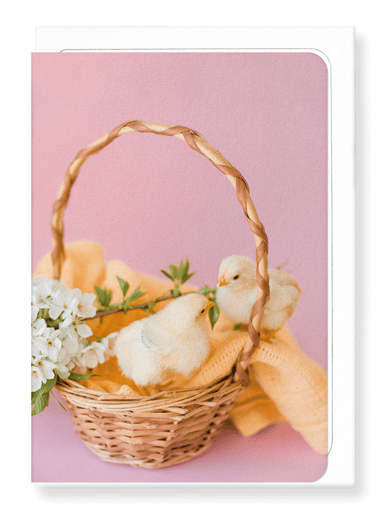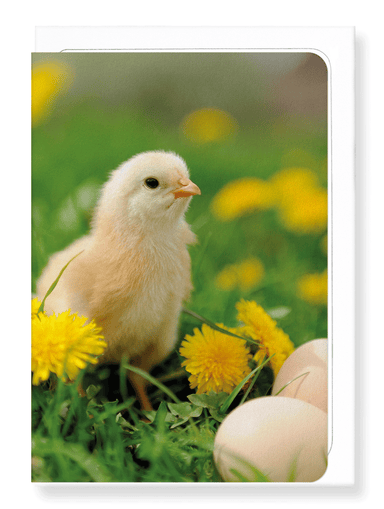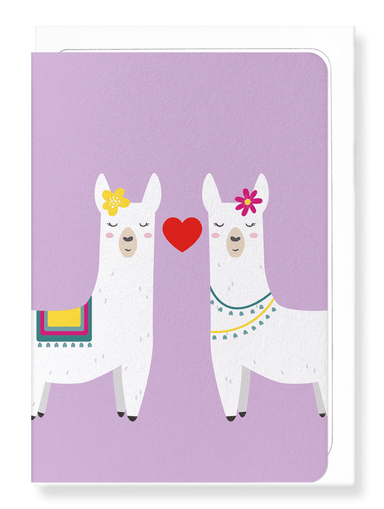Greeting card

WRAPPER FOR A TAPESTRY SCROLL (1736–1795)
Text on the reverse side: Created during the Qianlong reign of the Qing dynasty, this silk and metal-thread tapestry wrapper was made for the scro...
View full details



































